
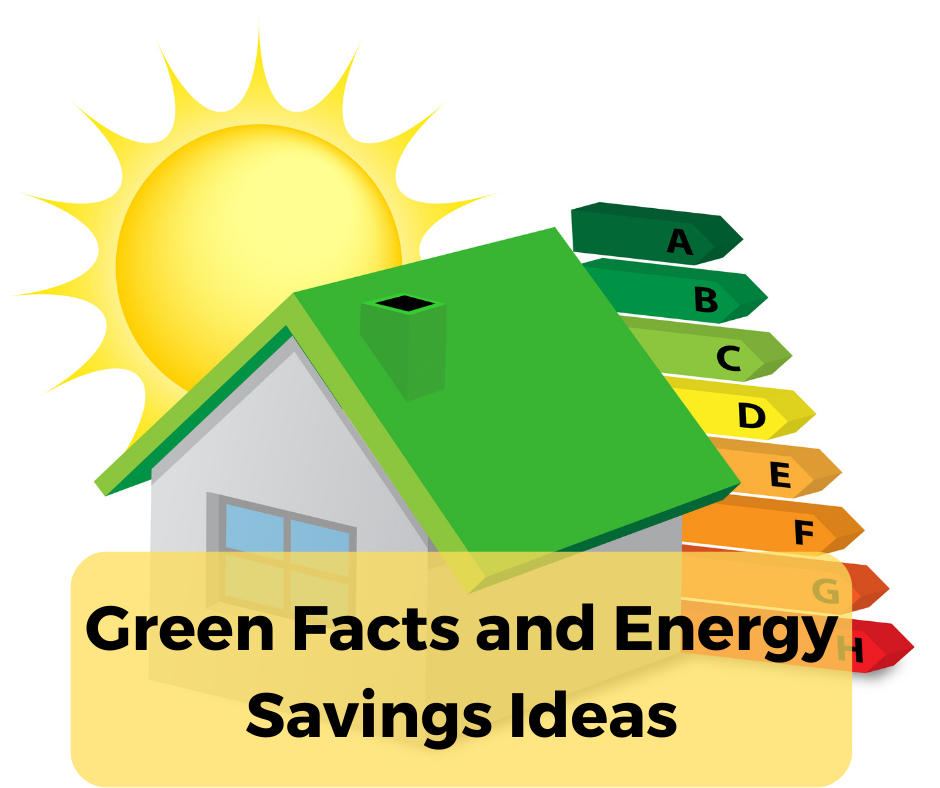
Going green doesn't have to be onerous. Even small changes can have a big impact. You can start with something as easy as changing a lightbulb. Everything from how you light your home to how you wash your clothes can affect your utility bills. Making some adjustments can help you use less energy – good for your wallet, and the planet.
Lighting
The simple task of changing your lightbulbs can have a positive impact on your energy bills. According to the Environmental Protection Agency, using energy-efficient bulbs in the five most frequently used light fixtures in your home could save you up to $75 a year.
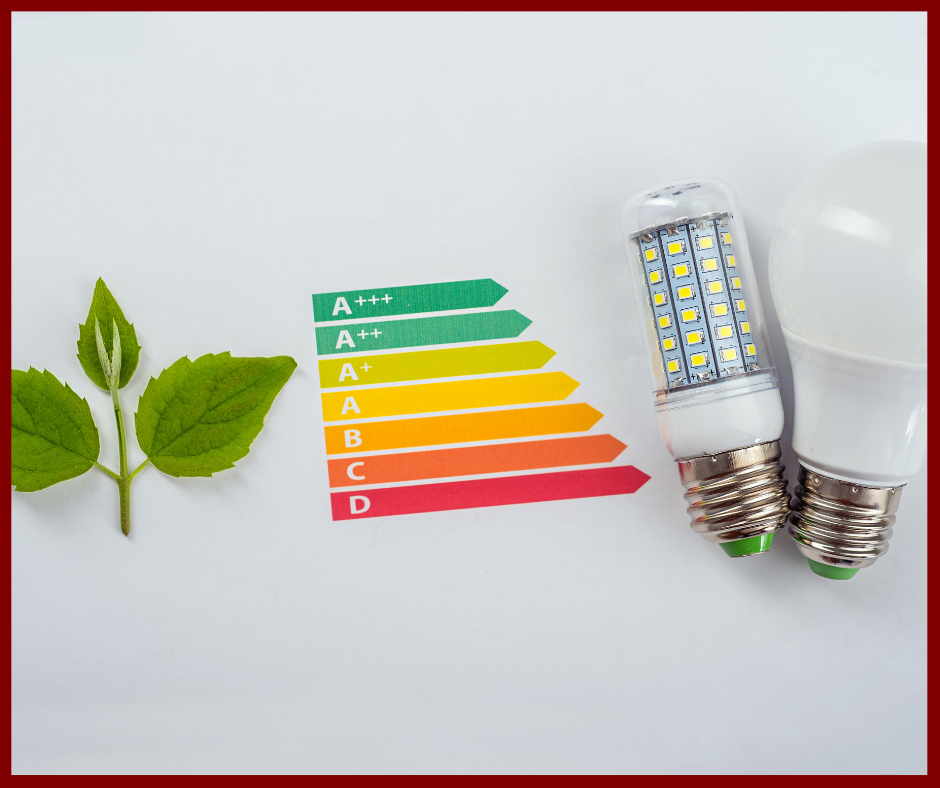
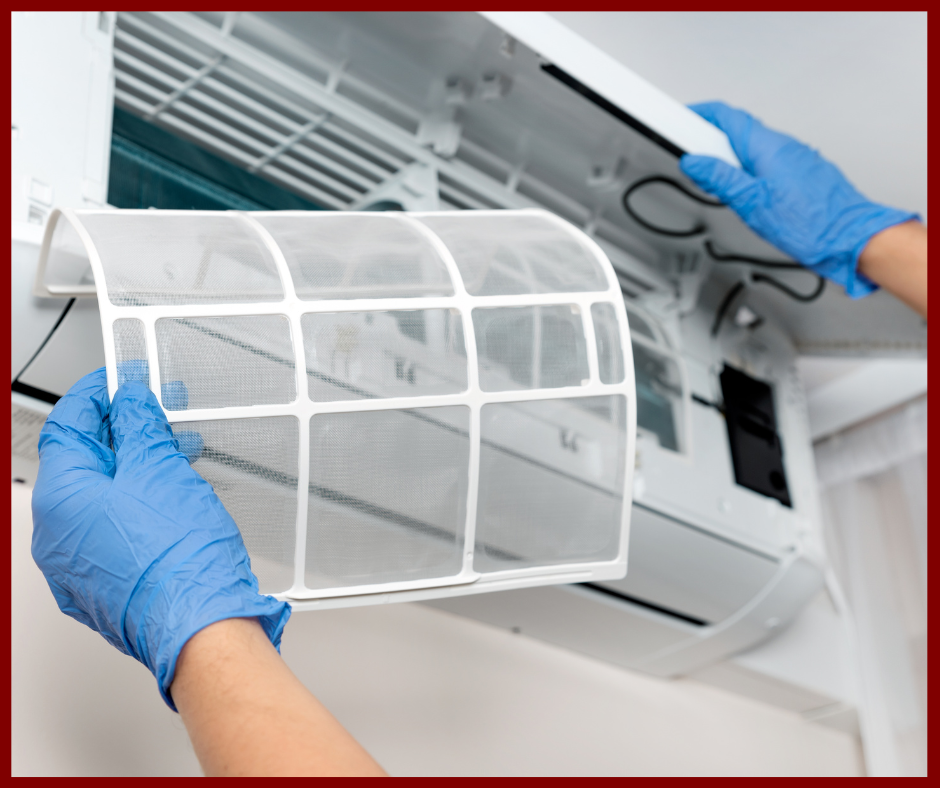
Heating and Cooling
Nearly 50 percent of the energy used in the average home goes to heating and cooling. Regular maintenance of your equipment will ensure it's running at peak efficiency and helps you get the most for your energy dollar.
- Change the air filter on your furnace or air conditioner. Clogged, dirty filters can significantly reduce the efficiency of your system and the air quality in your home. Change filters monthly, or as recommended by the manufacturer.
- Keep your vents and registers unobstructed. Move drapes, rugs and furniture away from heat registers and return-air vents. A free flow of air from your furnace or air conditioner provides more comfort and will save you money.
- Have a professional tune-up performed on your HVAC equipment annually. A thorough check can detect potential problems, and consistent maintenance can even help extend the life of your equipment.
- Choose high-efficiency models when replacing heating and cooling equipment. Furnaces qualify as high-efficiency if they have an annual fuel efficiency rating (AFUE) of 90 percent or higher. Air conditioners have a seasonal energy efficiency rating (SEER) ranging from 13 to 25. Your HVAC technician can help you choose the unit that has the right rating for your home and desired efficiency.
- Install a programmable thermostat. Used properly, a programmable thermostat can save you about 10 percent annually on your energy bills. There are even "smart" models that allow you to control your home's temperature from virtually anywhere through your smartphone.
- Seal your leaky heating and cooling ducts. Even small leaks can result in higher energy bills. Properly sealed ductwork could save you hundreds of dollars a year in heating and cooling costs.
Tankless Water-Heaters
Tankless water heaters can provide significant energy savings over their conventional cousins. A traditional water heater must constantly heat the water in its tank to ensure hot water is available when needed. A tankless model provides hot water on demand.
A tankless water heater is usually more expensive to purchase and install than a conventional version. However, the long-term savings could make the initial investment worthwhile. Depending upon your daily water use, the EPA estimates a tankless unit can be up to 34 percent more efficient than a storage water heater. Less energy spent heating and reheating water translates into lower energy bills.
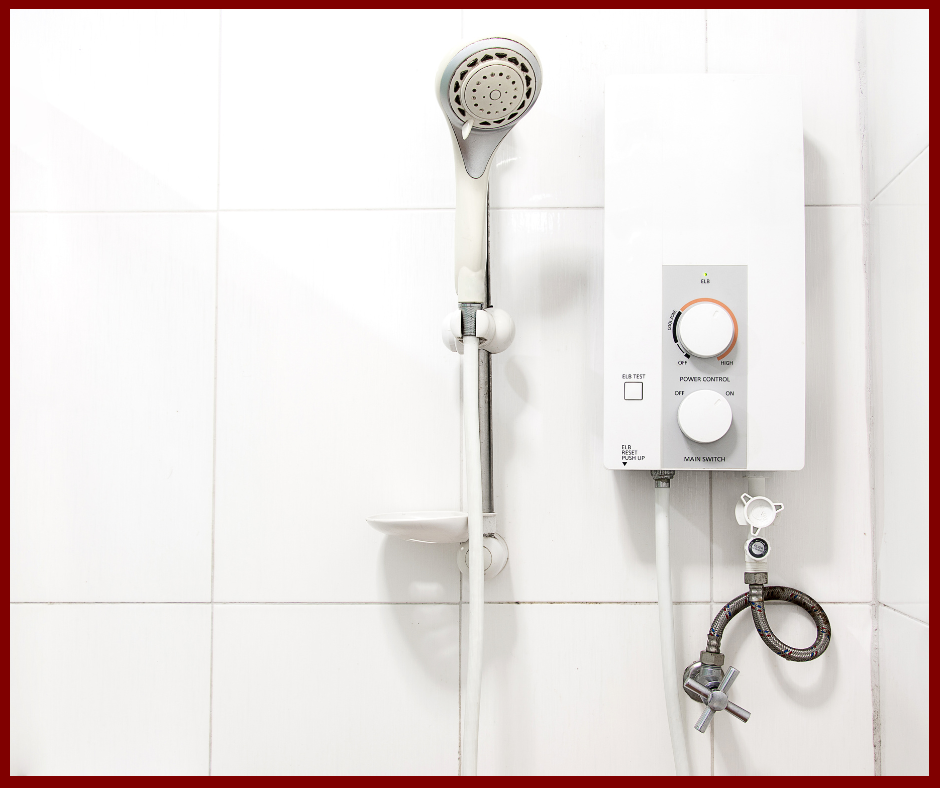
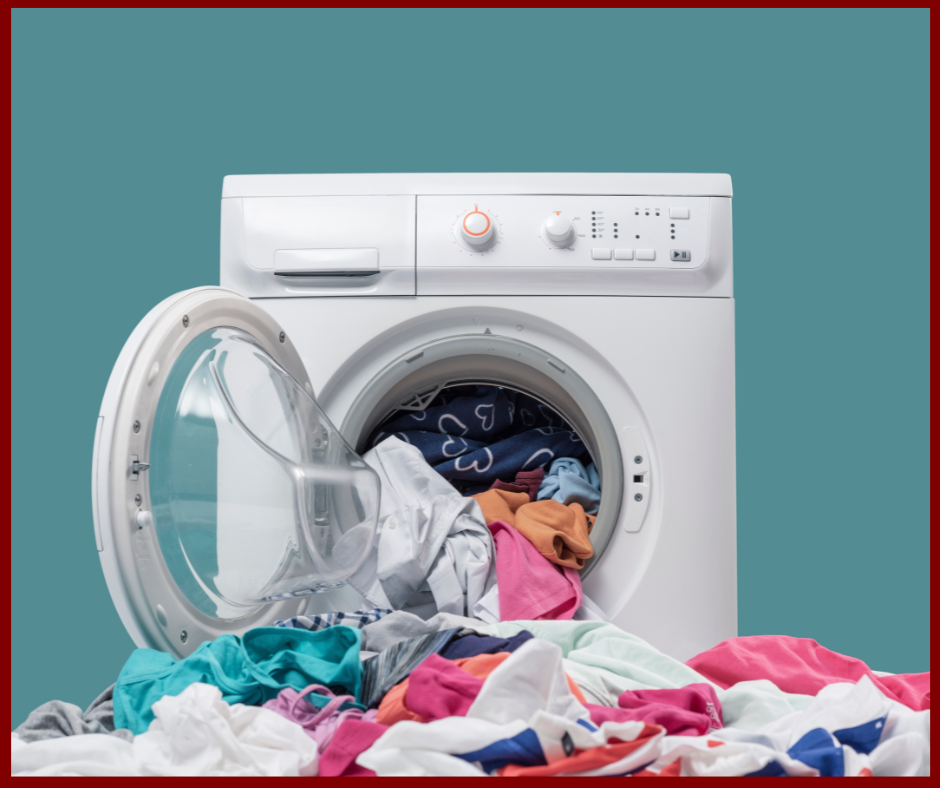
High-Efficiency Washers
If you need a new clothes washer, consider a high-efficiency (HE) model. These are more energy-efficient and use less water than a traditional top-loading agitator style washing machine. HE washers are available in both top-loading and front-loading styles. Whether front- or top-loading, HE machines use between 33 and 80 percent less water than agitator machines. Because there's much less water to heat, this results in energy savings as well. An HE washer may use as little as 20 percent of the energy needed by the traditional agitator style. HE machines often cost more up front, but can result in long-term savings on your utility bills.